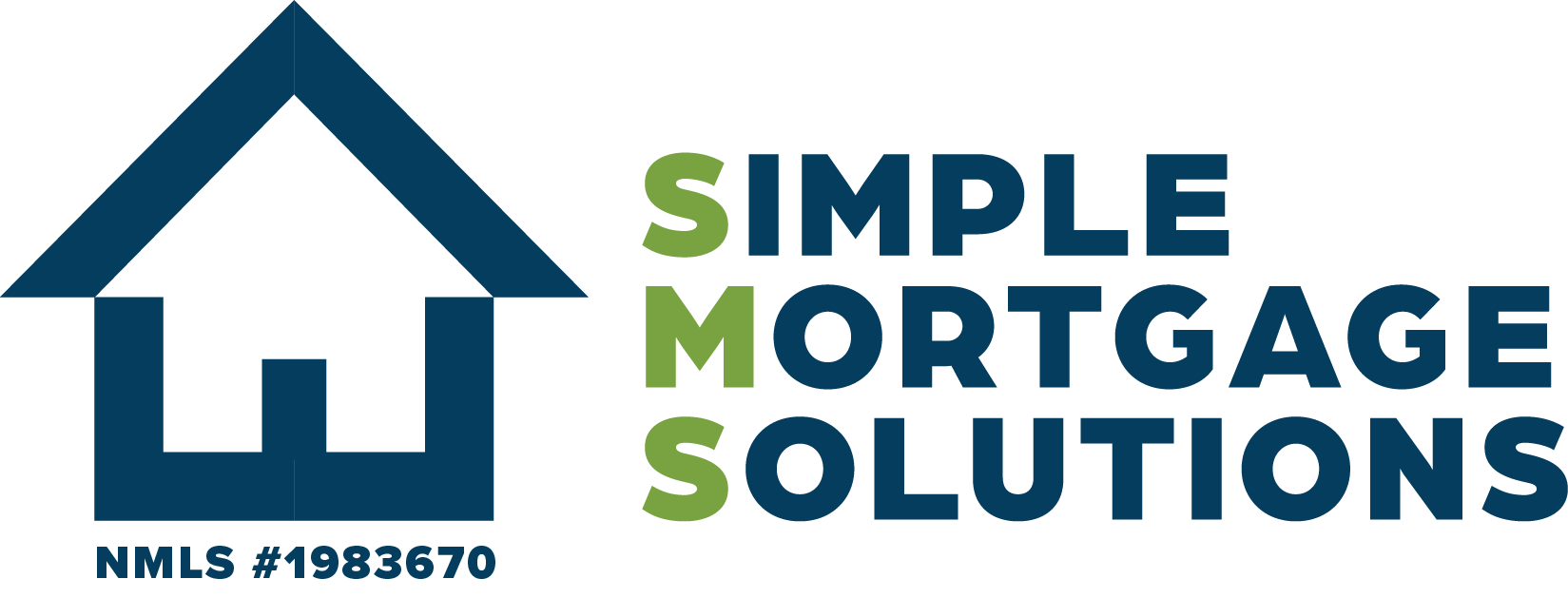
What is Property Mortgage Insurance (PMI)
For many future homeowners, purchasing a house is one of the biggest financial commitments they will ever make. If you’re looking for a mortgage, you may have come across the term Private Mortgage Insurance (PMI) and wondered what it is and how it affects you. PMI is an additional cost that some homeowners are required to pay, but it can also be a useful tool in helping you secure financing for your dream home.
Understanding PMI
PMI is a type of insurance that protects the lender if a borrower stops making payments on their mortgage. It does not protect the homeowner but is instead designed to reduce the lender’s risk when they approve a loan with a lower down payment. Typically, PMI is required for conventional loans when the down payment is less than 20% of the home’s purchase price.
Lenders impose PMI because borrowers who put down less money have a higher risk of defaulting on their loans. By requiring PMI, lenders can offer loans to more buyers while still managing their financial risk.
How PMI Works
PMI is an additional charge on top of your monthly mortgage payment. The cost of PMI varies depending on the loan amount, the borrower’s credit score, and the down payment percentage. Generally, PMI costs between 0.3% to 1.5% of the original loan amount per year. This amount is divided into monthly payments and added to your mortgage bill.
For example, if you purchase a home for $300,000 and only put down 10% ($30,000), your loan amount would be $270,000. If the PMI rate is 0.5%, your annual PMI cost would be $1,350, or about $112.50 per month.
Some lenders may allow borrowers to pay PMI as a lump sum upfront rather than in monthly installments. Others may offer a combination of both. It's important to check with your lender to understand your options.
Different Types of PMI
Not all PMI policies work the same way. Here are the most common types of PMI that lenders may offer:
Borrower-Paid Mortgage Insurance (BPMI)
This is the most common form of PMI, where borrowers pay the insurance premium monthly as part of their mortgage payment. It continues until the homeowner reaches 20% equity in the property. Once the homeowner reaches this threshold, they can request to have PMI removed.
Lender-Paid Mortgage Insurance (LPMI)
With LPMI, the lender pays the mortgage insurance premium on behalf of the borrower, but in exchange, the borrower typically receives a slightly higher interest rate. Unlike BPMI, LPMI cannot be removed because it is built into the loan’s structure. However, it may be beneficial for borrowers looking for a lower monthly payment without separate PMI charges.
Single-Premium Mortgage Insurance (SPMI)
This option allows borrowers to pay PMI in one lump sum at closing instead of monthly. It can lower the monthly mortgage payment but requires a larger upfront cost. If a buyer plans to stay in the home for a long time and has the cash available, SPMI could be a good option.
Split-Premium Mortgage Insurance
This type of PMI combines elements of both BPMI and SPMI. The borrower pays part of the premium upfront at closing and the rest in monthly installments. This option can reduce monthly payments without requiring a large upfront payment.
How to Remove PMI
Since PMI is an added cost to homeownership, many borrowers want to eliminate it as soon as possible. The good news is that PMI does not have to be a permanent part of your mortgage.
Reaching 20% Equity
Most lenders allow homeowners to request PMI removal once they reach 20% equity in their home. This means that once the balance of your mortgage is 80% or less of your home’s appraised value, you can contact your lender to remove PMI.
Automatic Termination at 22% Equity
Even if you don’t request PMI removal, federal law requires lenders to automatically cancel PMI once a borrower reaches 22% equity in the home—provided they have made all payments on time.
Home Appreciation or Improvements
If your home has increased in value due to market conditions or improvements, you may reach 20% equity sooner than expected. Some lenders allow homeowners to remove PMI based on a new home appraisal rather than just loan payments.
Refinancing Your Mortgage
If your home value has increased significantly, refinancing your mortgage may allow you to eliminate PMI. By refinancing into a new loan with an updated home value, you may be able to qualify for a loan without PMI if you now have at least 20% equity.
Who Needs PMI?
Not all homebuyers will be required to pay PMI. Here are some situations where PMI is typically needed:
You are making a down payment of less than 20% on a conventional loan.
You have a higher debt-to-income ratio, making you a riskier borrower in the lender’s eyes.
You have a lower credit score, which increases the lender’s perceived risk.
However, if you are securing a government-backed loan such as an FHA loan, VA loan, or USDA loan, different types of mortgage insurance or funding fees may apply instead of PMI.
Ways to Avoid PMI
If you want to avoid PMI altogether, there are a few strategies you can consider:
Make a 20% Down Payment
The easiest way to avoid PMI is to put 20% or more down when purchasing a home. While this requires a larger upfront investment, it eliminates the added monthly cost of PMI.
Use a Piggyback Loan (80/10/10 Loan)
Some buyers use a piggyback loan to avoid PMI. This involves taking out two loans—one for 80% of the home’s value and another for 10%, while paying 10% down. The second loan often has a higher interest rate, but it may still be cheaper than PMI. Your mortgage broker will guide you with options.
Choose Lender-Paid Mortgage Insurance (LPMI)
As mentioned earlier, some lenders offer LPMI, which eliminates a separate PMI payment but may come with a slightly higher mortgage interest rate.
Consider an FHA or VA Loan
If you qualify, government-backed loans like FHA or VA loans offer different mortgage insurance structures. VA loans for eligible veterans and service members do not require PMI at all, making them an attractive option.
Is PMI Worth It?
While PMI is an added cost, it does have benefits. For many buyers, it allows them to purchase a home sooner rather than waiting years to save a 20% down payment. Since home prices tend to rise over time, buying earlier with PMI may still be financially beneficial in the long run.
Additionally, once PMI is removed, the homeowner is left with a more affordable mortgage payment while having built equity in their home. When weighing whether PMI is worth it, consider how long you plan to stay in the home, the projected appreciation in your market, and the additional cost PMI adds to your monthly expenses.
Understanding PMI helps borrowers make informed decisions when choosing a mortgage. If PMI is required for your loan, it’s important to know how it works, how to remove it, and what strategies you can use to minimize its impact on your finances. By planning ahead, you can navigate the mortgage process more confidently and find the best loan option for your needs.


